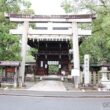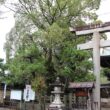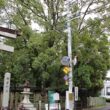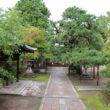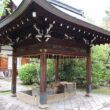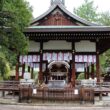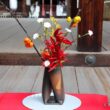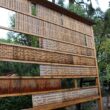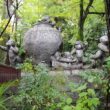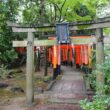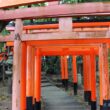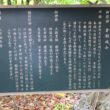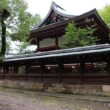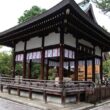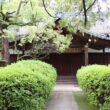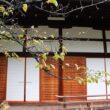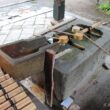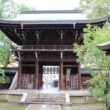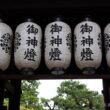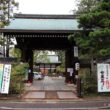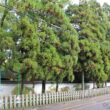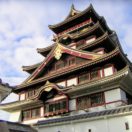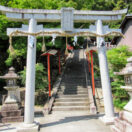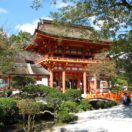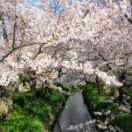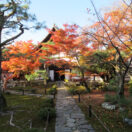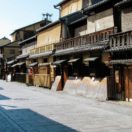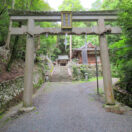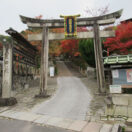広告
adsense4
About Kamigoryo Shrine

Kamigoryo Shrine is a shrine in Kamigyo-ku, Kyoto. Its history begins in 863, the age of Emperor Kanmu.
It is in the place where the municipal subway is descended at Kuramaguchi station and it enters the east a little. Although it is located in the city, it has a sense of healing like an urban oasis.
Although the site is not so wide as it is a shrine in urban areas, there is a shrine like a reduced version of a thousand Torii of Fushimiinari shrine, and there are old trees like the Tadasu Forest of the Shimogamo shrine. It is a shrine that condensed the goodness of various shrines like these.
adsense2
Kamigoryo Shrine photos
▼Press any thumbnail, and you can see the photo gallery.
▼Tap any thumbnail, and you can see the photo gallery.
Photographer: Taisuke Yamada
Details
| Location | 〒602-0000 495 Kamigoryotate-cho, Kamigoryomae-dori Karasuma Higashi-iru, Kamigyo-ku, Kyoto-shi, Kyoto |
|---|---|
| Telephone | TEL 075-441-2260 FAX 075-441-6066 |
| Entrance fee | Free |
| Usual viewing season | Ichihatsu Late April – early May |
| Access |
Subway City bus |
| Parking lot | Free for 10 private cars |
| Site URL | http://www.kyoto-jinjacho.or.jp/shrine/02/004/ |
Recommended places to visit in conjunction with

Shimogoryo Shrine
Shimogoryo shrine was erected together with Kamigoryo shrine during the Heian period. It is revered as a shrine to protect the imperial court and the capital by fleeing the plague disaster.

Shimogamo Shrine
The Shimogamo Shrine is officially called the Kamomiso Shrine. The registration of UNESCO's World Heritage has raised the profile. It is said that it is a shrine honoring the god of the ancient clans Kamo, along with Kamigamo shrine(Kamobetsurai shrine). The south side of the shrine is a native forest called Tadasuno forest, with old trees.
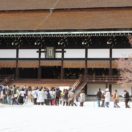
Kyoto Imperial Palace
The Kyoto Imperial Palace is called "Gosho" by the neighboring residents and is popular. From the 14th century to the early Meiji period, this is the place where successive emperors lived, priest rituals and public service.
